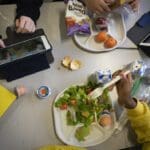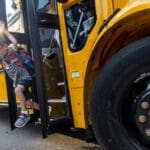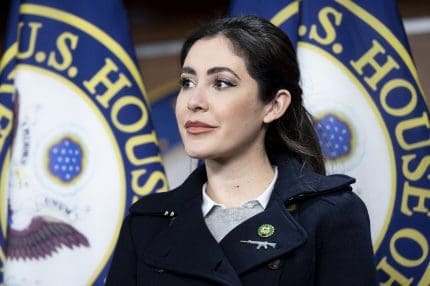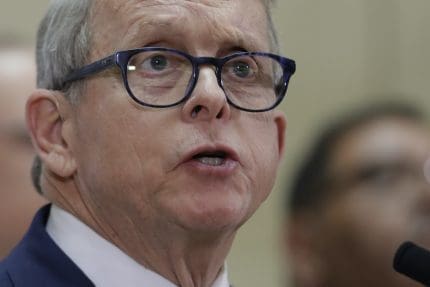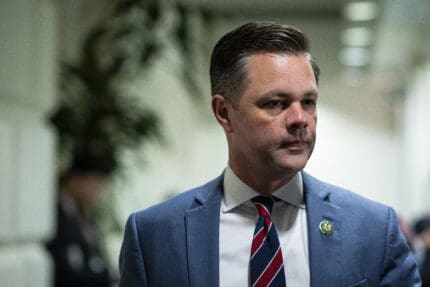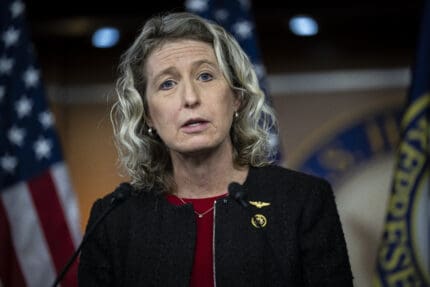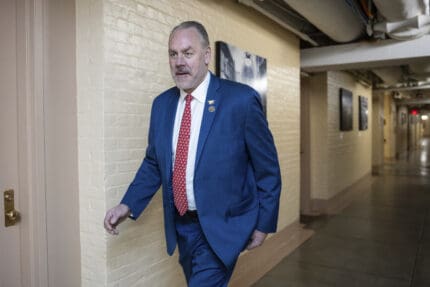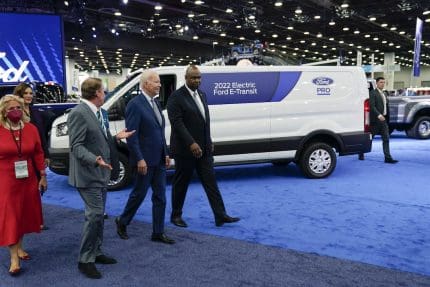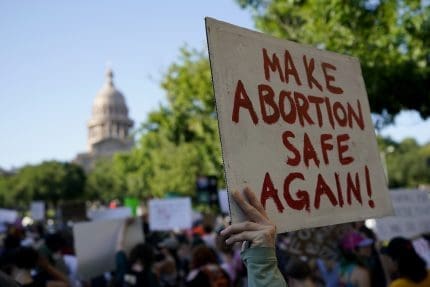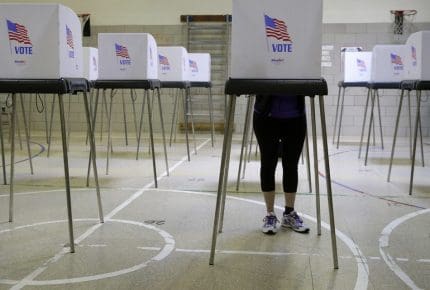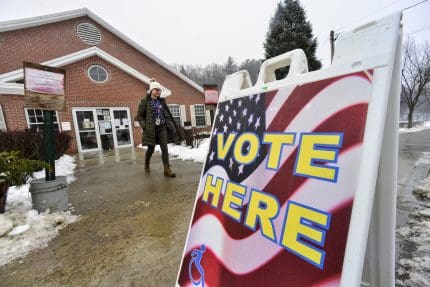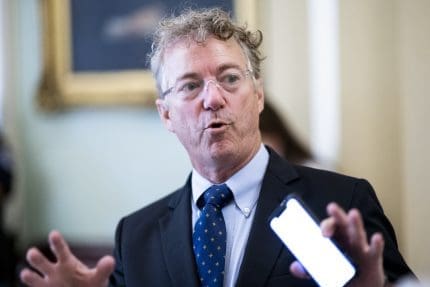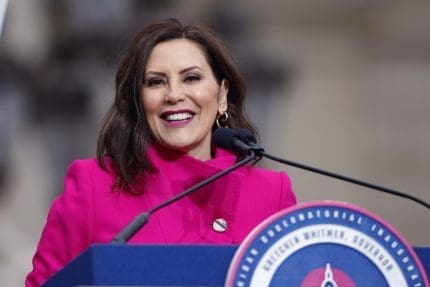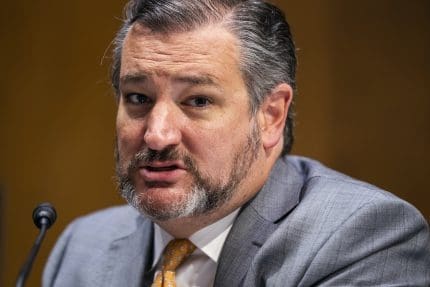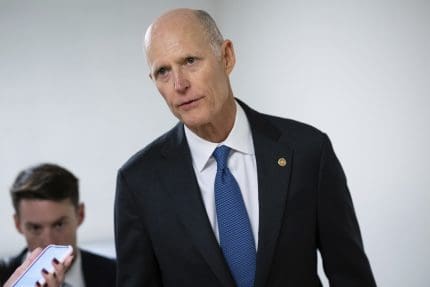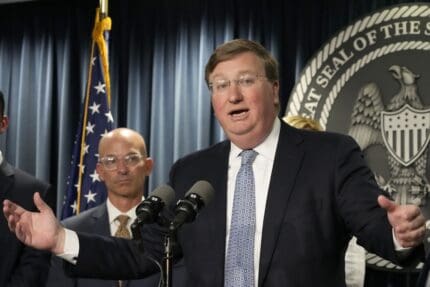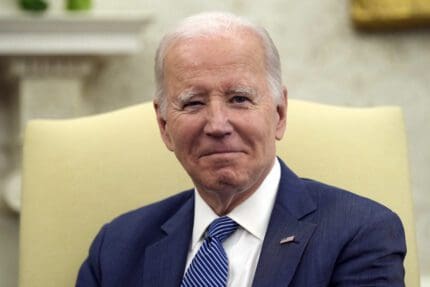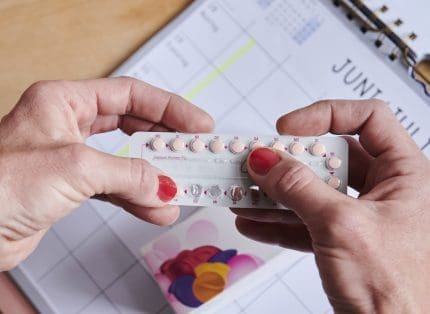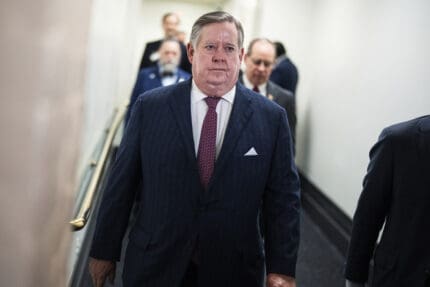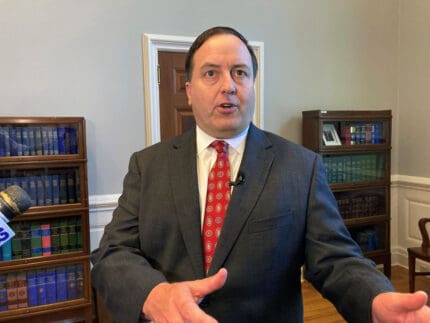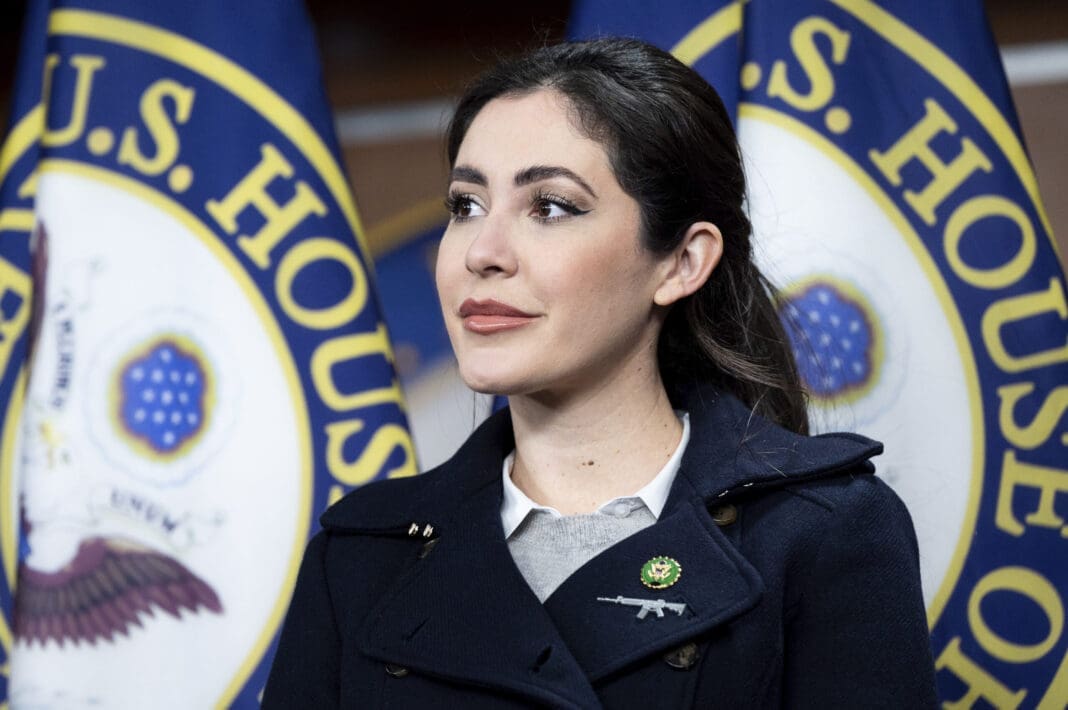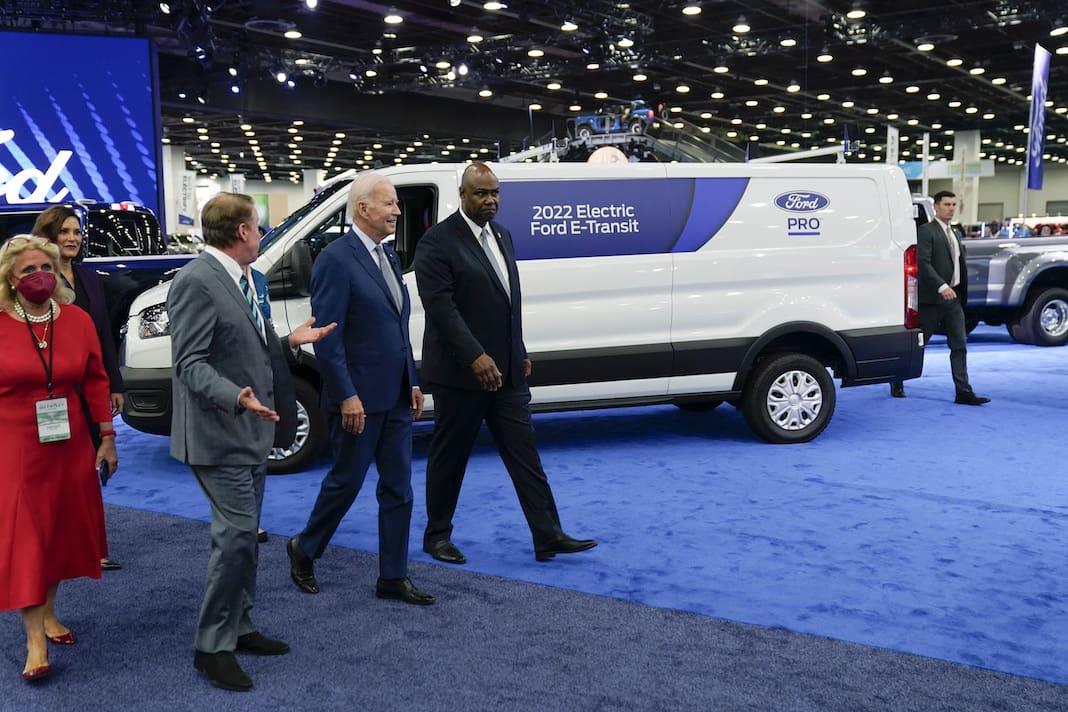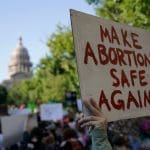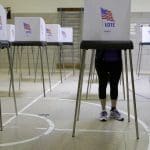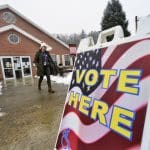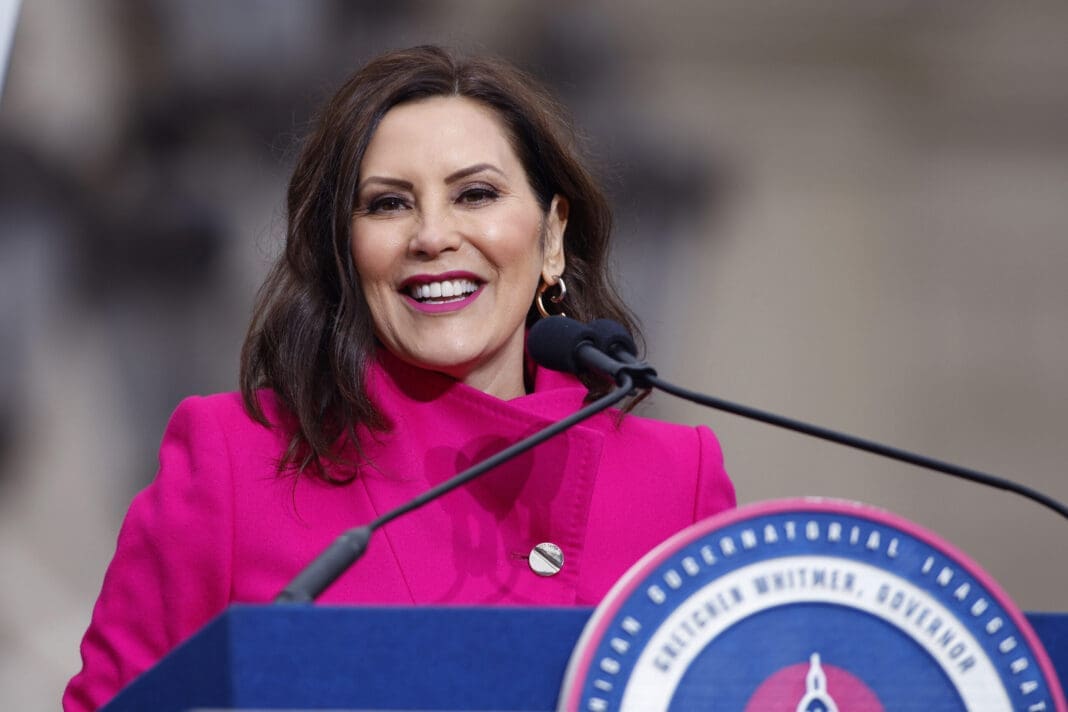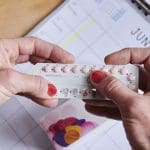Opinion: Decisions on reopening schools must be based on evidence
‘To get this right, we first need to dramatically reduce community spread.’
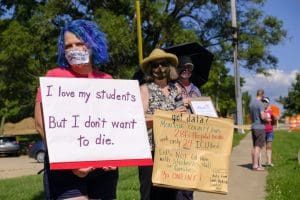
The question on every parent’s mind right now is whether children can safely go back to school this fall. It is a difficult one because there is still so much we don’t know about this illness and its transmissibility in children.
As a mom, a pediatrician, a person at higher risk for severe illness from the coronavirus, and the daughter of a schoolteacher, I look at this issue from all of these perspectives.
Let me say first there is no doubt in my mind that, on the whole, children are far better off in school. Despite attempts at remote education, student learning this spring missed the mark. We know that children who struggle the most in school are even further behind now.
Lack of broadband access has exacerbated a divide based on wealth or geography (or between the “haves” and the “have-nots”). Just as importantly, many children and families depend on school for nutrition, after-school child care, safety, mental health services, and special education needs.
Our children need social engagement and community, and they are experiencing more depression, anxiety, and isolation now. Some of our children are grieving family members without the support of their teachers and friends. Some are victims of abuse and unable to let their teachers know they are not safe.
If this were just about children, the answer to our question about returning to school would be simpler. Current evidence suggests that most children do not experience severe acute symptoms of this virus.
Children under 10 appear to contract the illness less frequently, and may be less likely to spread it. Children over 10 contract and spread this disease much like adults, though they also have relatively mild or no symptoms. Keep in mind we still have very little data to inform our decisions.
This means when we do open schools, we absolutely must conduct rigorous surveillance testing to assess the impact of school openings on community spread.
Donald Trump highlights the successes of European countries that have opened schools successfully. But he fails to consider the fact that those countries did the hard work of squashing community transmission of this virus first.
We never did that. We started reopening far too quickly, and our rates are surging. This raises the probability that students and teachers will interact with infected children at school, putting students, teachers, staff, and students’ families at risk.
Consider what might happen when one child in a class tests positive. We will be looking at two-week quarantines for each class every time there is a positive case.
The bottom line is that if we open schools, high rates of disease in the community will likely sabotage those efforts.
To get this right, we first need to dramatically reduce community spread. The Centers for Disease Control and Prevention has not yet given us a number that could predict success, but Dr. Ashish Jha, director of the Harvard Global Health Institute, suggests that, without a vaccine, suppressing incidence to less than one case a day per 100,000 population would be a “green light.”
Right now, my state of Washington is in the “orange zone” with an average of 10.8 new cases every day per 100,000 people. Comparatively, Washington is doing “better”: Thirty-two states have higher rates.
Smarter choices — such as staying home, avoiding even small gatherings (particularly indoors), wearing masks — will give this virus fewer opportunities to jump from person to person.
Once we do open schools, there must be an option for remote learning for all students, since many have conditions that render them vulnerable, and many more live with family members who would likely face severe disease if they were infected with the coronavirus.
For our children who do return to in-person learning, we will need testing, ideally point-of-care tests that can be done at school on a regular basis.
Given high levels of asymptomatic infections in children, testing and tracing are key to keeping children, teachers, staff, and families healthy. Testing only symptomatic children means we’ll miss most cases, allowing the disease to spread in schools.
And testing remains woefully inadequate in our country.
Finally, we should keep in mind that not all students need to return to school at the same time. A trial of lower-risk school openings makes sense.
We could open schools for children with special needs first. Or we could open for K-5 grades first, since they can’t stay home alone, and data suggest they are less likely to get and spread the coronavirus.
We could even make empty middle and high schools available to those elementary students to allow for physical distancing and prioritize good ventilation and masking.
Whatever we do, let’s gather data, reevaluate, and make evidence-based decisions about next steps.
This is, after all, a novel disease that we are all figuring out together.
Rep. Kim Schrier (WA-8), the only female doctor and first pediatrician in Congress, serves on the House Education and Labor Committee and is also a member of the New Democrat Coalition.
Recommended
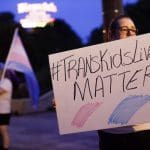
Alaska House committee advances, expands proposal to bar trans girls from girls sports
Amended bill would add elementary, middle school and collegiate sports to limits in place for high school
By Claire Stremple, Alaska Beacon - April 16, 2024
Senate clears gallery, passes bill to arm Tennessee teachers
Covenant parents emotional in wake of vote
By Sam Stockard, Tennessee Lookout - April 10, 2024
Not if, but when: Parents of slain Parkland students urge Utah lawmakers to pass school safety bill
The parents of children killed in the 2018 Marjory Stoneman Douglas High School shooting have a stark warning for Utah lawmakers: “It’s not a matter of if, it’s a matter of when and where the next school shooting will happen.”
By Kyle Dunphey, Utah News Dispatch - February 21, 2024





